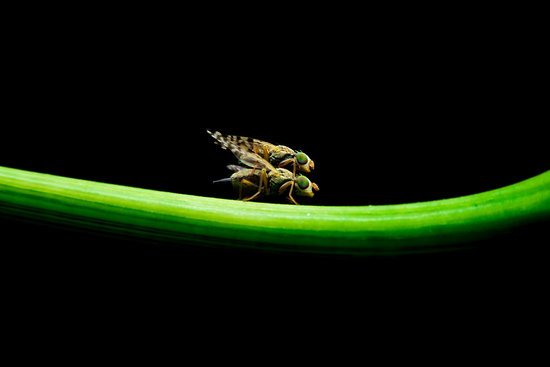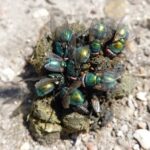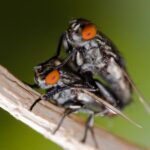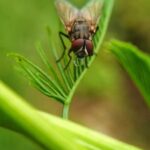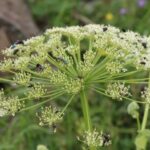How Long Do Lake Flies Last?
Lake flies can be an annoyance during the summer, but they’re not harmful to humans. In fact, they’re a natural part of the ecosystem of a lake. They provide food for sturgeon, perch, and resident birds. Although some locals may find the presence of lake flies an embarrassment, most people see them as a welcome sign of summer.
Lake flies generally emerge from larval form during mid-June to late July. However, they may emerge earlier or later, depending on environmental conditions. The life cycle of a mayfly consists of four stages. During the larval stage, a female mayfly will lay between four and eight thousand eggs. These eggs will settle on the bottom of the river or lake, or may be attached to an object that sinks into the water. Once the larval stage is complete, the lake fly will molt to the adult form, known as the subimago.
The adults of lake flies do not stay in the lake for long. They may only be active for a week or two. Fortunately, they usually die in a couple of weeks. However, you should be prepared for them because they’re a natural part of the ecosystem of a lake.
Midges are a natural nuisance that has made people around lakes and other bodies of water pay more attention to them this year. Luckily, they’re no worse than in past years. The midges that cover the shores of lakes in Ontario are not any more numerous than they were last year. Midges have several names, and people often mistakenly think that all midges are the same.
